We finally see moose—not far from home
Not a single moose to be seen during our 10,000-km trip across Canada
During our 10,000-kilometre cross-Canada camping trip to the Rockies last summer, we saw probably a thousand moose warning signs—but not a single moose, not one.
On the drive home, the decision was made to go looking for moose closer to home, specifically in Ontario’s showcase park, Algonquin.
Research indicated May was the best time to spot moose along the Highway 60 corridor; thus, plans were made for a birthday getaway in mid-month.
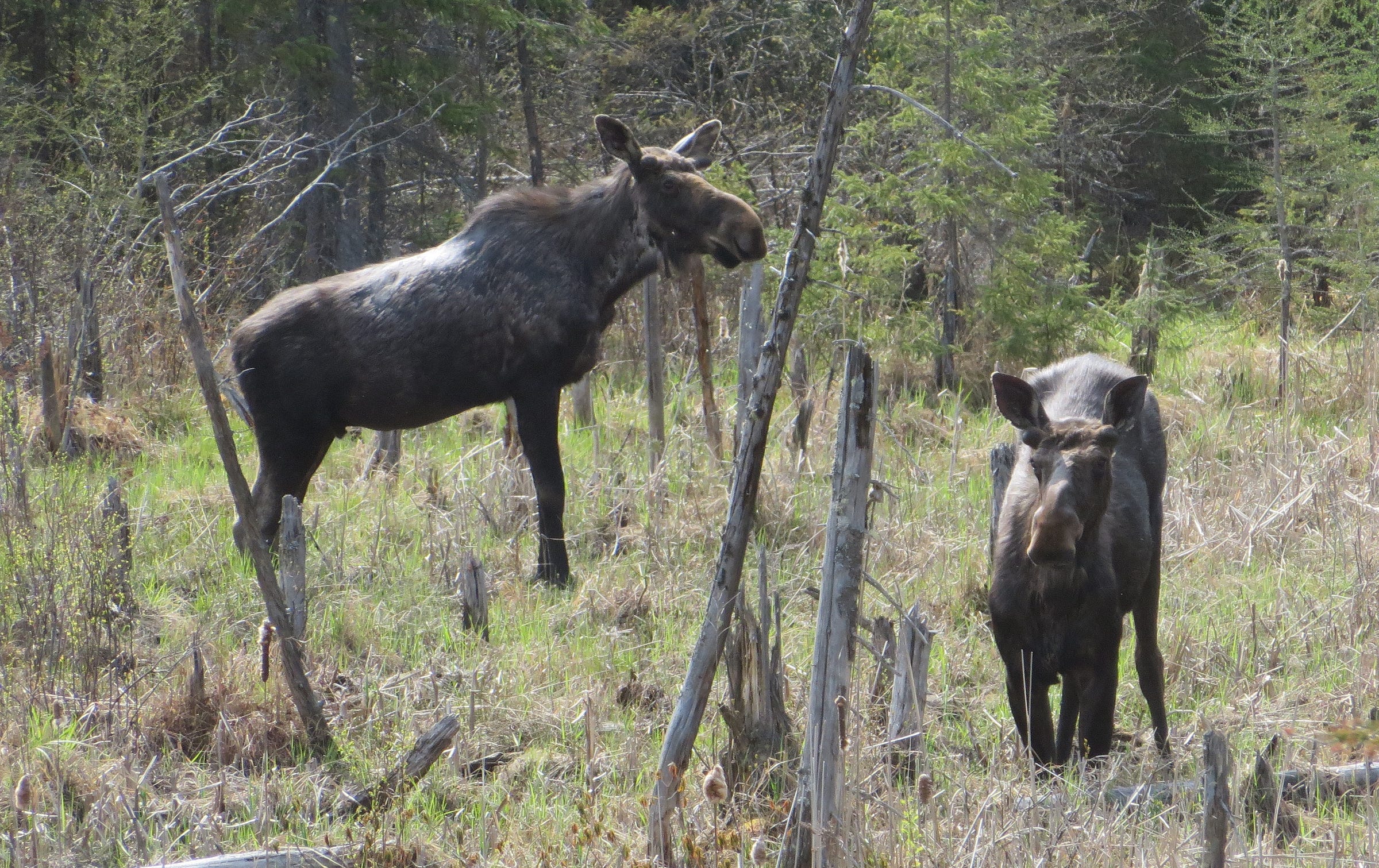
We certainly were not disappointed, as our photos indicate. See also sister Mara’s excellent images. It was quite a treat to meet her in the park, and to tap into her knowledge of Algonquin and its wildlife.
The essence of Algonquin is in its vast interior of maple hills, rocky ridges, and thousands of lakes—7,635 square kilometres of forests, bogs, lakes and rivers. The only way to explore the interior of the park is by paddle or on foot. Which we would have loved to do in an earlier life.
There is also a second Algonquin—along the 56 kilometre stretch of Highway 60. Here you can enjoy camping at one of eight campgrounds, hike one of 14 interpretive trails, take part in the extensive educational Discovery Program, and visit Algonquin’s exceptional Visitor Centre, Logging Museum and Art Centre.
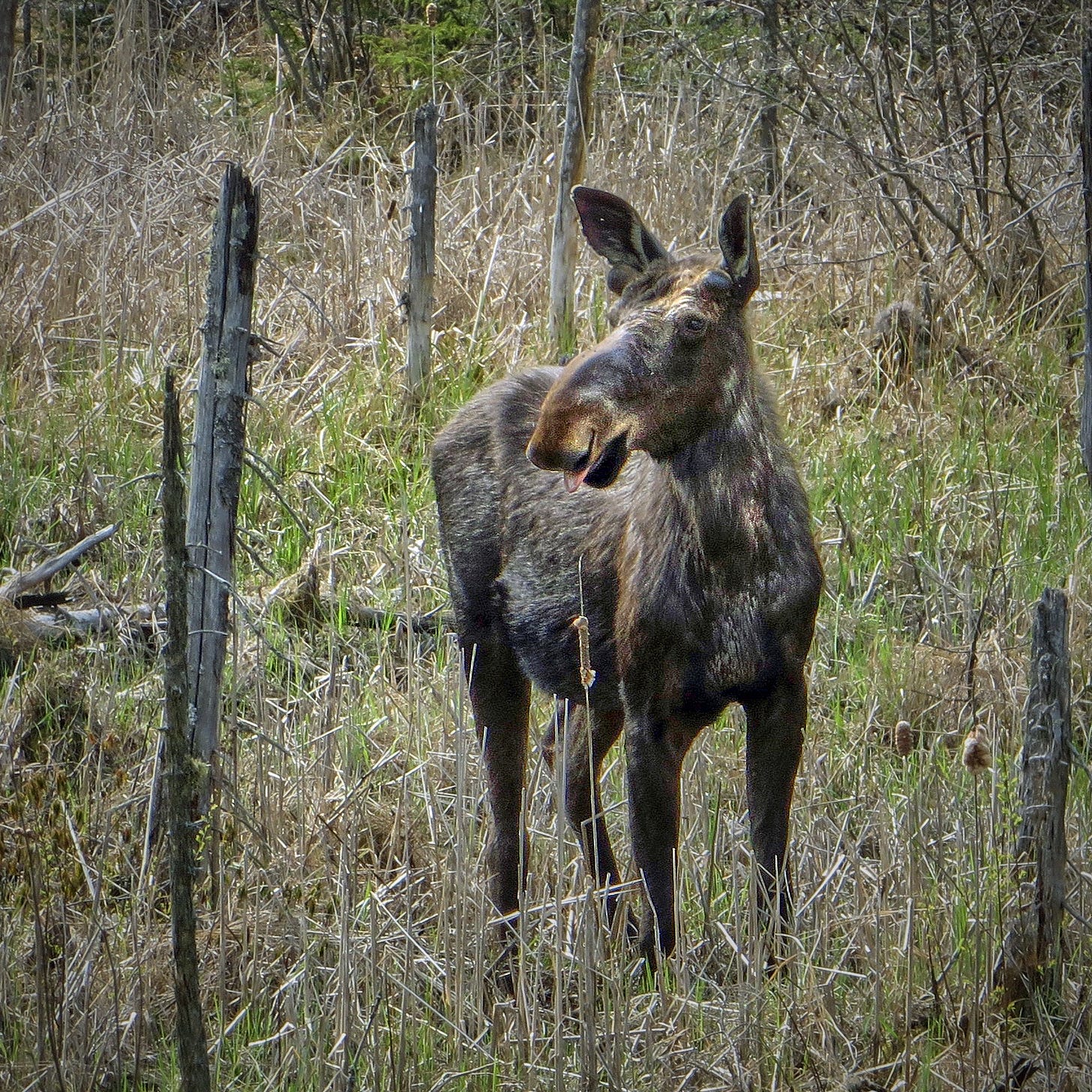
It was on this stretch of Highhway 60 that we saw our three moose, in a marshy clearing just opposite the Spruce Bog near the Visitor Centre.
Moose, in case you didn’t know, are huge. The average weight of a fully grown male (a bull moose) is 1,500 pounds. They’re also usually 1.4-2.1 meters tall (4.6-6.9 feet) and 2.4-3.1 meters (7.9-10.2 feet) in length. The moose is the largest species of deer in the world.
A bull’s antlers are his most powerful tool for attracting mates and scaring off predators and competition. You might be surprised to learn that despite this, bull moose lose their antlers in the winter and grow them back even bigger in the spring. The purpose of antler shedding is to help moose conserve energy in the cold, scarce winter months.
Like cows, moose have a four-chambered stomach.
Moose are herbivores who survive primarily on bark, shrubs, and a variety of other plant life. In fact, to maintain their massive size, they eat about 73 pounds of food a day in the summer and 34 pounds in winter. Their first stomach chamber breaks down what they consume, then the other three extract the nutrients. The moose will then regurgitate the partially digested food and chew on the cud.
Moose are natural swimmers. You might not think of a 1,500-pound behemoth as graceful in the water, but this is actually where moose feel most at home. They can swim up to six miles per hour and begin to do it innately as calves. Moose like to feed on aquatic vegetation as well.
Here’s our fave moose video, albeit not shot by us: https://youtube.com/shorts/QYhgX1YlQi0?feature=share
Moose are solitary animals, except in mating season.
Unlike most of their deer family counterparts, moose do not form herds and are considered solitary browsers. The only time they gather is throughout September and October for mating season. A bull moose will seek out one or multiple cows each season, breed, then depart until next year.
Calves follow their mothers for the first year of life for protection from predators. They typically go out on their own after they’ve developed their natural survival skills by the following mating season.
Moose don’t see very well.
A moose’s eyes are positioned toward either side of their head, similar to a horse. This placement creates large blind spots in front of them, putting moose at a disadvantage in terms of eyesight. They make up for this deficiency with exceptional hearing and sense of smell.
For our Algonquin getaway, we stayed in comfort in a small cabin at Lakewoods Cottage Resort on Oxtongue Lake not far from the West Gate to the park. We highly recommend Lakewoods Resort if you‘re looking for accommodations on your visit to Algonquin, and are not planning to camp.
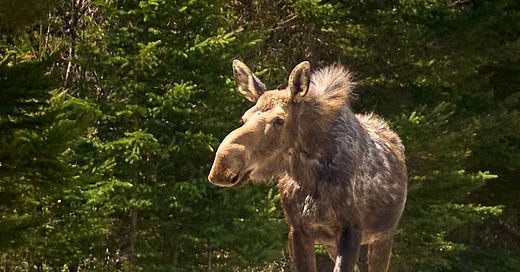



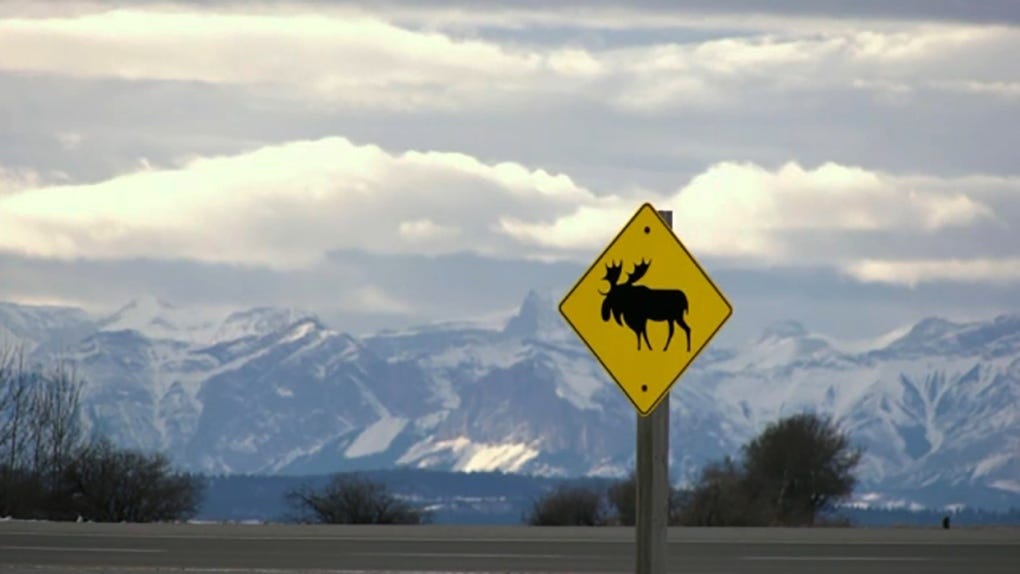

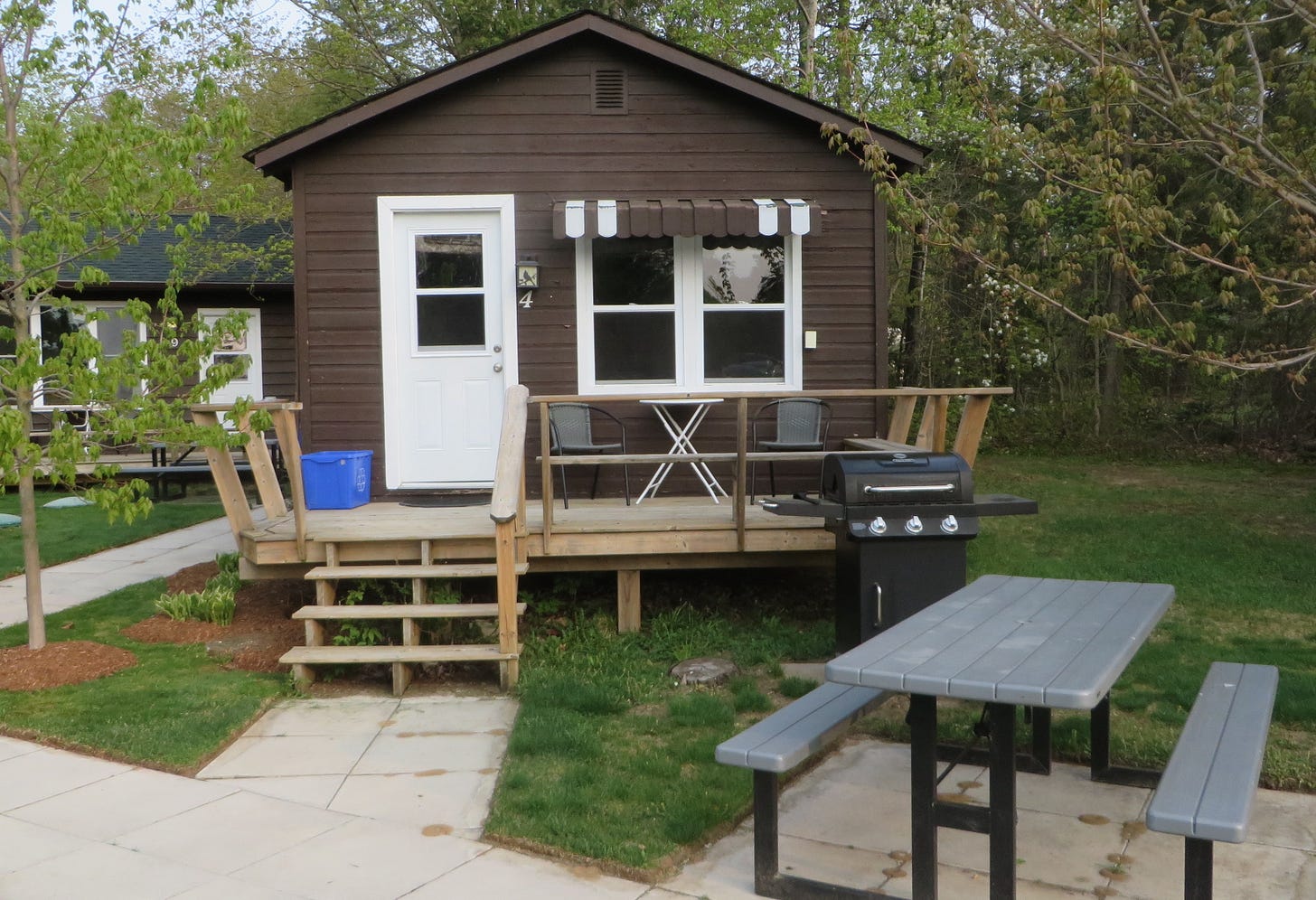

Nice going, checking out and checking off moose, Georgs and Lin! Sounds like a great trip.